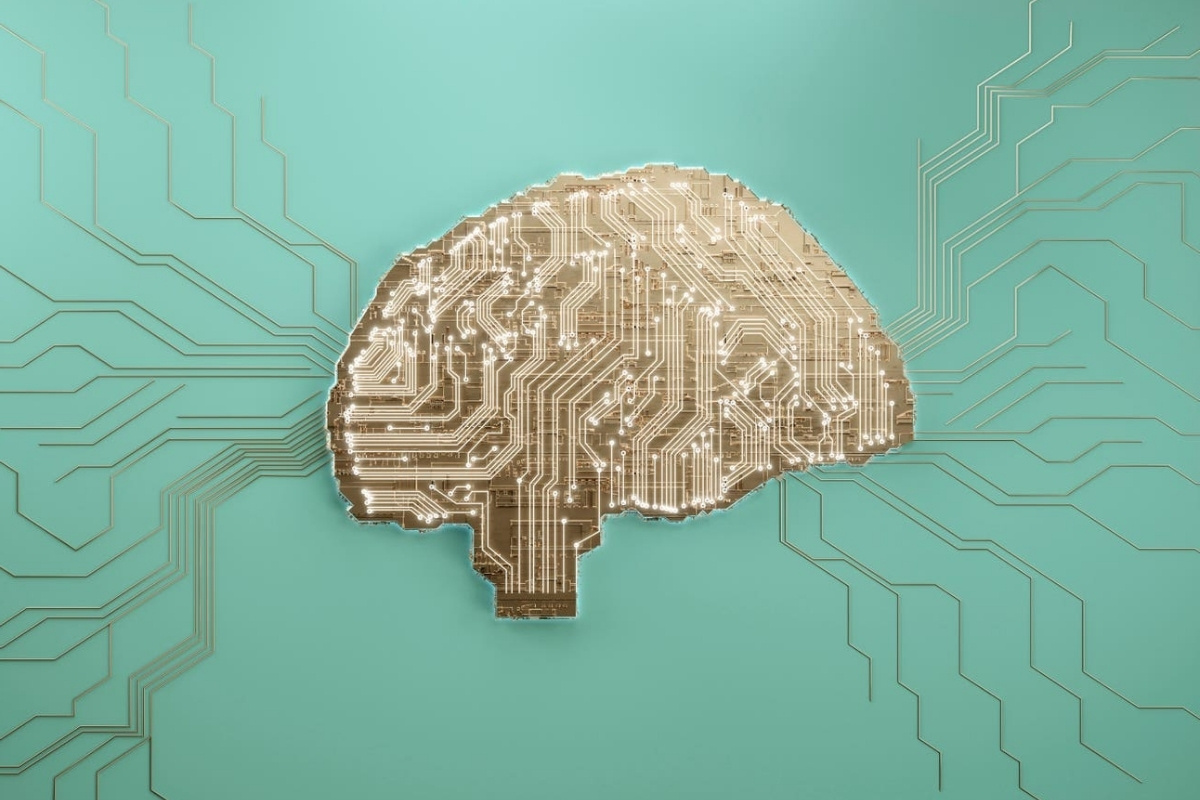
What is connectionism? Connectionism is a theory in cognitive science that explains mental phenomena using artificial neural networks. These networks mimic the brain's interconnected neuron structure to process information. Why is it important? Connectionism helps us understand how learning, memory, and perception work. It also plays a crucial role in developing artificial intelligence and machine learning. Who uses it? Researchers, psychologists, and computer scientists use connectionism to create models that simulate human thought processes. How does it work? By adjusting the connections between nodes, these models learn from data, improving their performance over time. Is it effective? Yes, connectionism has led to significant advancements in AI, such as speech recognition and image classification.
What is Connectionism?
Connectionism is a fascinating theory in cognitive science that models mental or behavioral phenomena as the emergent processes of interconnected networks of simple units. These units, often inspired by neurons, work together to process information. Let's dive into some intriguing facts about connectionism.
-
Connectionism emerged in the mid-20th century as a response to symbolic artificial intelligence, which relied on explicit rules and logic.
-
The theory draws heavily from neuroscience, particularly the structure and function of neural networks in the brain.
-
Connectionist models are also known as neural networks or artificial neural networks (ANNs).
-
These models consist of layers of nodes, or "neurons," connected by weighted links.
-
Learning in connectionist models occurs through the adjustment of these weights, a process known as "training."
Historical Background
Understanding the roots of connectionism helps appreciate its development and impact on modern science.
-
The concept of connectionism can be traced back to the 1940s with the work of Warren McCulloch and Walter Pitts, who created the first mathematical model of a neural network.
-
In the 1950s, Frank Rosenblatt developed the Perceptron, an early type of artificial neural network.
-
The 1980s saw a resurgence of interest in connectionism, largely due to the backpropagation algorithm, which improved the training of neural networks.
-
David Rumelhart and James McClelland's "Parallel Distributed Processing" volumes in 1986 were pivotal in popularizing connectionist approaches.
-
Connectionism faced competition from symbolic AI but has since become a dominant paradigm in machine learning and cognitive science.
Key Concepts in Connectionism
Several core ideas underpin connectionist models, making them unique and powerful tools for understanding cognition.
-
Distributed representation means that information is not stored in a single node but spread across the network.
-
Parallel processing allows connectionist models to handle multiple operations simultaneously, mimicking the brain's efficiency.
-
Graceful degradation refers to the network's ability to maintain functionality even when parts are damaged, similar to how the brain copes with injury.
-
Generalization is the model's capacity to apply learned knowledge to new, unseen data.
-
Connectionist models often use supervised learning, where the network is trained with input-output pairs, or unsupervised learning, where it finds patterns in data without explicit guidance.
Applications of Connectionism
Connectionism has far-reaching applications across various fields, showcasing its versatility and impact.
-
In cognitive psychology, connectionist models help explain phenomena like language acquisition, memory, and perception.
-
In artificial intelligence, neural networks power technologies such as speech recognition, image classification, and natural language processing.
-
Connectionism has influenced neuroscience by providing computational models that simulate brain activity and cognitive processes.
-
In education, connectionist principles are used to develop adaptive learning systems that tailor instruction to individual students' needs.
-
Robotics benefits from connectionist models by enabling robots to learn from experience and adapt to new environments.
Challenges and Criticisms
Despite its successes, connectionism faces several challenges and criticisms that drive ongoing research and debate.
-
Some argue that connectionist models lack interpretability, making it difficult to understand how they arrive at specific decisions.
-
The "black box" nature of neural networks raises concerns about transparency and accountability, especially in critical applications like healthcare and finance.
-
Connectionist models can require vast amounts of data and computational power, posing practical limitations.
-
Critics claim that connectionism oversimplifies the complexity of human cognition and ignores the role of symbolic reasoning.
-
Ongoing research aims to address these issues by developing more interpretable models, improving efficiency, and integrating connectionist and symbolic approaches.
The Power of Connectionism
Connectionism has reshaped how we understand learning and intelligence. This approach, inspired by the brain's neural networks, has led to breakthroughs in artificial intelligence and cognitive science. By mimicking how neurons interact, connectionist models can recognize patterns, learn from data, and even make decisions.
These models are not just theoretical. They power technologies we use daily, from voice assistants to recommendation systems. The adaptability and efficiency of connectionist systems make them invaluable in various fields, including medicine, finance, and education.
Understanding connectionism gives us insight into both human cognition and machine learning. It highlights the potential for creating more advanced, intuitive technologies. As research continues, connectionism will likely play an even bigger role in shaping our future, bridging the gap between human and artificial intelligence.
Was this page helpful?
Our commitment to delivering trustworthy and engaging content is at the heart of what we do. Each fact on our site is contributed by real users like you, bringing a wealth of diverse insights and information. To ensure the highest standards of accuracy and reliability, our dedicated editors meticulously review each submission. This process guarantees that the facts we share are not only fascinating but also credible. Trust in our commitment to quality and authenticity as you explore and learn with us.
